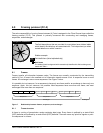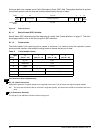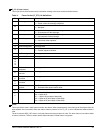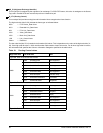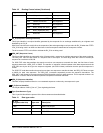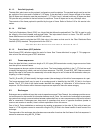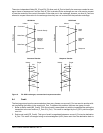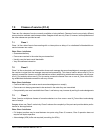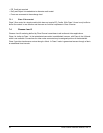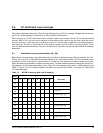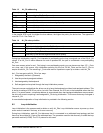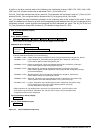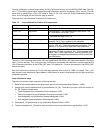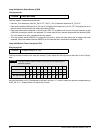
Fibre Channel Interface Manual, Rev. D 31
7.0 Classes of service (FC-2)
There are five classes of service currently available or being defined. Classes of service are simply different
communication methods used between nodes. Seagate drives use only Class 3; however, brief explanations of
the other classes are provided as well.
7.1 Class 1
Class 1 is like a direct face-to-face meeting with no interruptions or delays. It is a dedicated full-bandwidth con-
nection between two nodes.
Other Class 1 attributes
• Guaranteed delivery
• Frames are received in the order they are transmitted
• Usually uses the least overall bandwidth
• Very little software interaction
7.2 Class 2
Class 2 is like an electronic mail transaction where each message has an acknowledgment message sent from
the receiver to signal that the message was received successfully. This class of service allows one N_Port to
transmit consecutive frames to multiple destinations without establishing a dedicated connection with any spe-
cific N_Port and also allows one N_Port to receive consecutive frames from one or more N_Ports without hav-
ing established dedicated connections with any of them.
Other Class 2 attributes
• Confirmed delivery (the receiver sends an acknowledgment on receipt)
• Frames are not always guaranteed to be received in the order they are transmitted
• Can potentially use more bandwidth than Class 1 and latency may increase by waiting for acknowledgments
7.3 Class 3
Class 3 service multiplexes frames at frame boundaries to or from one or more N_Ports without acknowledg-
ment of receipt.
Seagate drives use Class 3 exclusively. Class 3 reduces the complexity of the ports and provides better perfor-
mance for disc applications.
Other Class 3 attributes
• Full duplex transfers may be used between two ports using Class 3; however, Class 3 operation does not
require half duplex operation.
• Acknowledge (ACK) buffer not required (no waiting for ACKs)



